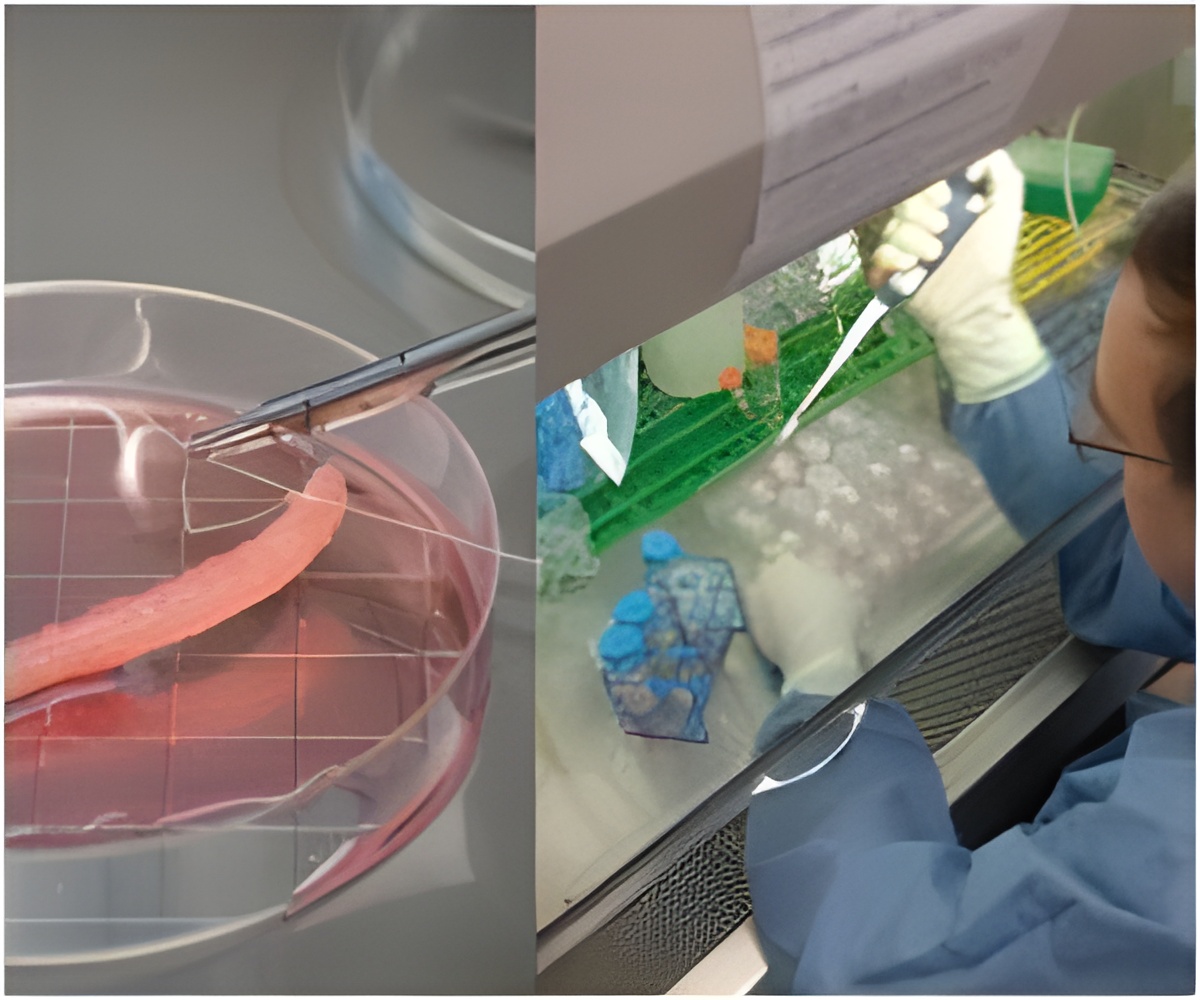
‘OSU researchers have discovered a new approach to preserve tissues and organs for later use, which could help in preservation of more complex tissues and structures.’
Tweet it Now
To address this, researchers have used various types of cryoprotectants that help reduce cell damage during the freezing process -- among them is ethylene glycol, literally the same compound often used in automobile radiators to prevent freezing. A problem, Higgins said, is that many of these cryoprotectants are toxic, and can damage or kill the very cells they are trying to protect from the forces of extreme cold. In the new OSU research, the engineers developed a mathematical model to simulate the freezing process in the presence of cryoprotectants, and identified a way to minimize the damage.
They found that if cells are initially exposed to a low concentration of cryoprotectant and time is allowed for the cells to swell, then the sample can be vitrified after rapidly adding a high concentration of cryoprotectants.
The end result is much less overall toxicity, Higgins said. The research showed that healthy cell survival following vitrification rose from about 10 percent with a conventional approach to more than 80 percent with the new optimized procedure.
The findings were published in the journal PLOS ONE.
Advertisement









